
At the beginning of February 2023, Google announced they are releasing their own version of ChatGPT ‘imminently’. The global superbrand owned by parent company Alphabet Inc. has felt the pressure by trending OpenAI’s 2022 conversational AI service called ChatGPT. Chat among technical heavyweights has suggested ChatGPT as a replacement for Google Search.
Google and Bing (Microsoft) have simultaneously released their own version in an attempt to keep up with market demand. As well as, we think, to ensure OpenAI does not overtake traditional search engines (or their useability). In this article, we’ll uncover what we believe Bard will do for search engine results pages (SERPs) and how search engine optimisation (SEO) and web content will need to adjust.
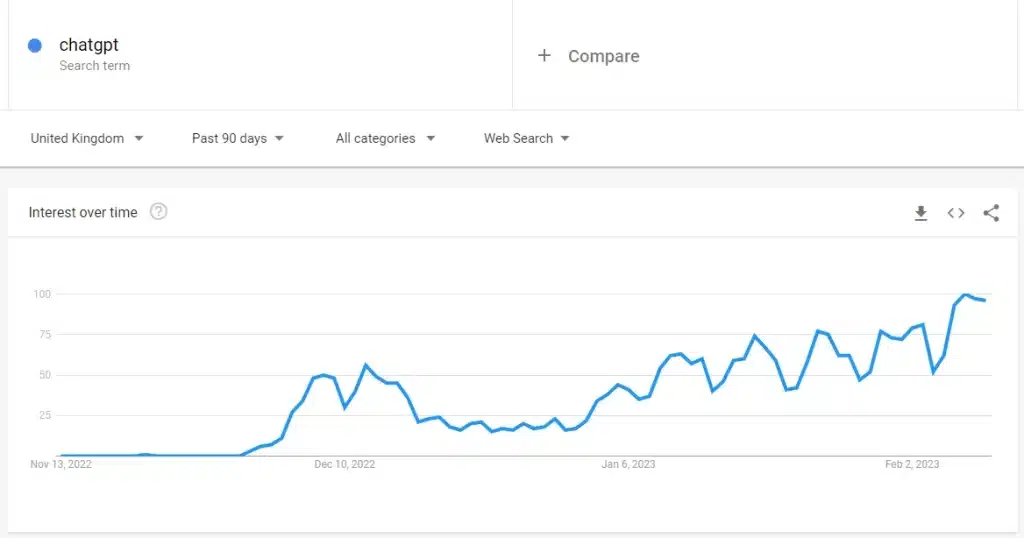
 What is Bard?
What is Bard?Bard is Google’s version of a conversational AI service, similar to OpenAI’s ChatGPT-3. According to Google, Bard is an Artificial Intelligence (AI) service based on their own Language Model for Dialogue Applications (LaMDA) which holds next-generation language and conversational capabilities.
Etymologically, the word Bard is historically found in Celtic cultures. Interestingly a bard could be a verse-maker, music composer, genealogist, historian or professional storyteller; of course, the most famous bard is William Shakespeare, who helped revolutionise both language and storytelling. A bard is generally employed by a patron (a chief for example) to remember and compose content for the patron’s ancestors or praise their own activities. We think it is a very fitting description and a great name for Google’s Bard.
ChatGPT is an artificial intelligence-powered platform that helps users interact with virtual assistants that are capable of understanding natural language. It is designed to be intuitive and user-friendly, offering an interactive and conversational experience. With ChatGPT, users can ask questions, receive answers in real-time, and even get advice on topics ranging from financial planning to health advice. The platform is designed to make it simple and easy to access the information you need without having to sift through a lot of information.
The paragraph above was the answer to a question we posed to ChatGPT. So the answer is in its own words. No wonder there’s been a scramble by other internet heavyweights to provide an alternative and try to make it better than ChatGPT and OpenAI’s capabilities.
The image below shows the international interest online (Google Trends) for the past three months (November 2022, December 2022, and January 2023)
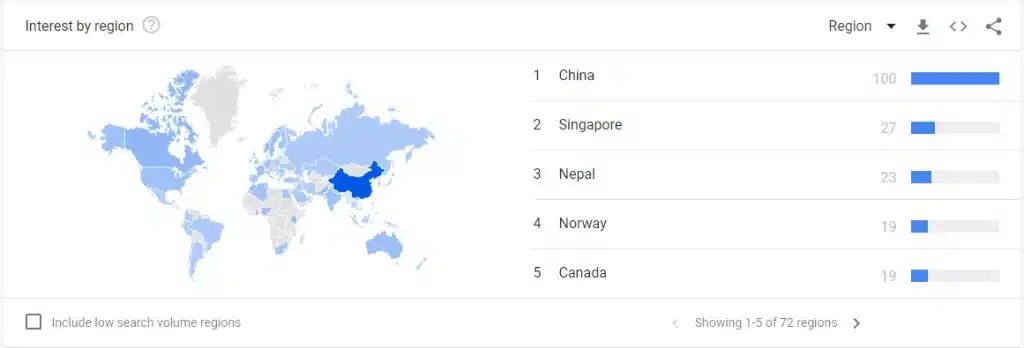
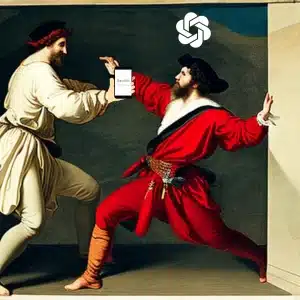
OpenAI admitted that the content on which ChatGPT is trained is only up until 2021. This means that Google’s version Bard can take advantage of the almost unlimited information on Google’s databases in real time.
Google’s search bar is already a household name and is used over 99,000 times every single second (2022 Stats). Knowing this, Google wouldn’t replace the search bar functionality but rather place Bard alongside it.
However, the fast paced release of Bard has already revealed several errors, most notably on its opening question which has since wiped off $102 billion from Google’s share value. Since we know Google will continue to push their ideas to the entirety of Google users, and the Bard release is set to roll out any day now, we hope the functionality and accuracy will improve.
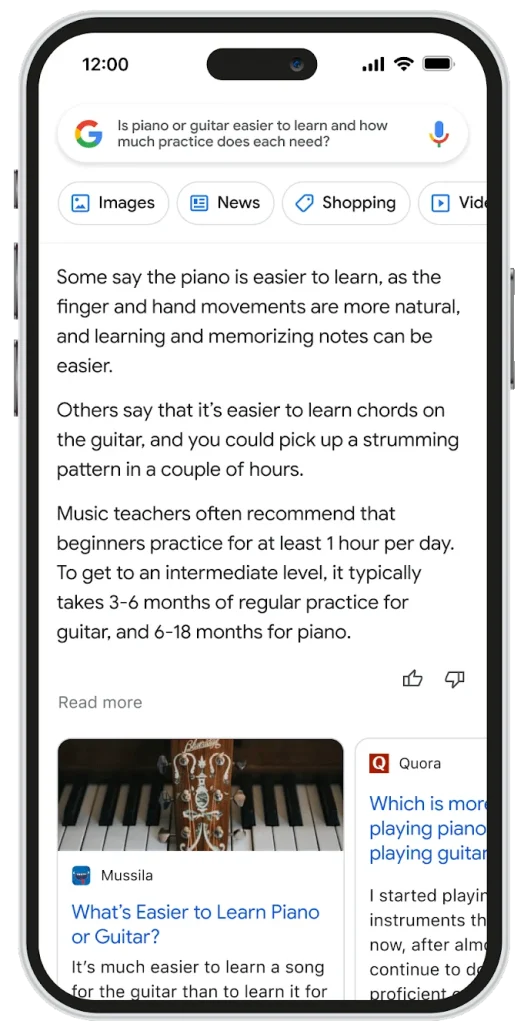
Bard is powered by Google’s own LaMDA (Language Model for Dialogue Applications) which was released (mentioned) over two years ago. They can recall real-time and (potentially) accurate information from Google’s own database (where OpenAI’s ChatGPT is limited).
Bard offers answers starting with ‘some say’ which points to the AI’s ability to answer questions based on several sites' content. This offers you information about a topic without you having to visit several sites at once. It’s a benefit that some copywriters have mentioned about ChatGPT as well.
Google mentioned in an online presentation that the purpose of Bard was to also remove any roadblocks to information. We think they want users on their SERPs for as long as possible, which is a classic move from Google (just see the old zero-clicks searches from yesteryears).
They also mentioned that Bard’s AI capabilities will be incorporated into AR, Maps, Lens, Multi-Search and more. Possibly biggest update to Google’s search functionality is the inclusion of Bard into more than just search from a user perspective. We expect search engine optimisation and SEO based content strategies to alter to meet this new challenge and functionality.
It seems that Bard will show as a first result on the SERP. The first question we have is “what about featured snippets?” Google has not mentioned anything else about existing search functions, including featured snippets itself. It is all speculation at the moment.
The landscape of a SERP may alter, and SEO strategies will need to take this into consideration. We may have to consider what keywords a Bard user may pose and how to optimise and create content so your website may rank in an answer in Bard. However, traditional search is not going anywhere and conventional SEO needs to continue.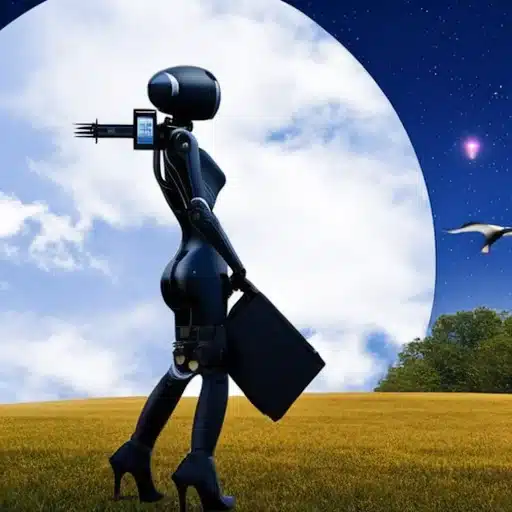
There is some chatter about AI bias, and how can we optimise content to best rank considering this potential. Knowing this too, AI services such as Bard takes information from several sources and therefore, how can one website rank there (and potentially be the sole source?).
There has been a lot of gossip in SEO circles about AI participating in content theft (and how can we regulate links to sources). There are also considerations around content regulations and how to ensure accurate and factual information is presented in AI services like ChatGPT and Bard.
Google Translate has been improved and with the assistance of AI through Bard, there is talk about hreflang importance and if there would be any need (or priority) around this. For those who are unfamiliar with hreflangs, they’re a type of signal to search engines about what language is used on a webpage, allowing search engines to display that particular webpage for a certain language searcher, e.g. you may use an Italian hreflang tag to mark out a page as suitable for users of Italian Google. Obviously, there is no update to Google’s own best practices for multilingual sites, and we will stand by their importance as long as Google does.
One last point to make at the moment, is the fact that we have all known for the past few years that visual search is a priority for Google. This is due to the current generation of Google users using images (and Google Lens) to make searches of varying intents; as Google puts it, “if you can see it, you can search it”. The importance of optimising for visual search is only enhanced with the release of Bard and AI learning.
Knowing the massive change in the introduction of this technology can make a business anxious. It is our job to be experts in this new AI technology. We are able to apply our own SEO and Content expertise to the use of AI (both ChatGPT and Google’s Bard). Knowing and being a part of these changes and embracing them completely means we are able to continue helping your business grow.
We understand the generational importance of this update and the new function of Bard and we can advise accordingly to your industry and company’s needs. We also know that there is a potential that Bard may obliterate featured snippets, but before we panic, let's await Google’s announcement on this.
Finally, a term that has been floating around is ‘zero-click-searchs’ and this is when the answer to a Google user’s search term is offered without the need for the person to click through to your website. This is not ideal when you need them on your website to convert into a lead, a sale and contribute to your profits. As is standard in our practices, click-through rate optimisation is addressed as part of the Conversion Rate Optimisation strategy.
So if you find yourself anxious about what emerging artificial intelligence means for your website and especially your company, then reach out and we can guide you through SEO and Content optimisation for AI search services such as Bard and ChatGPT.
